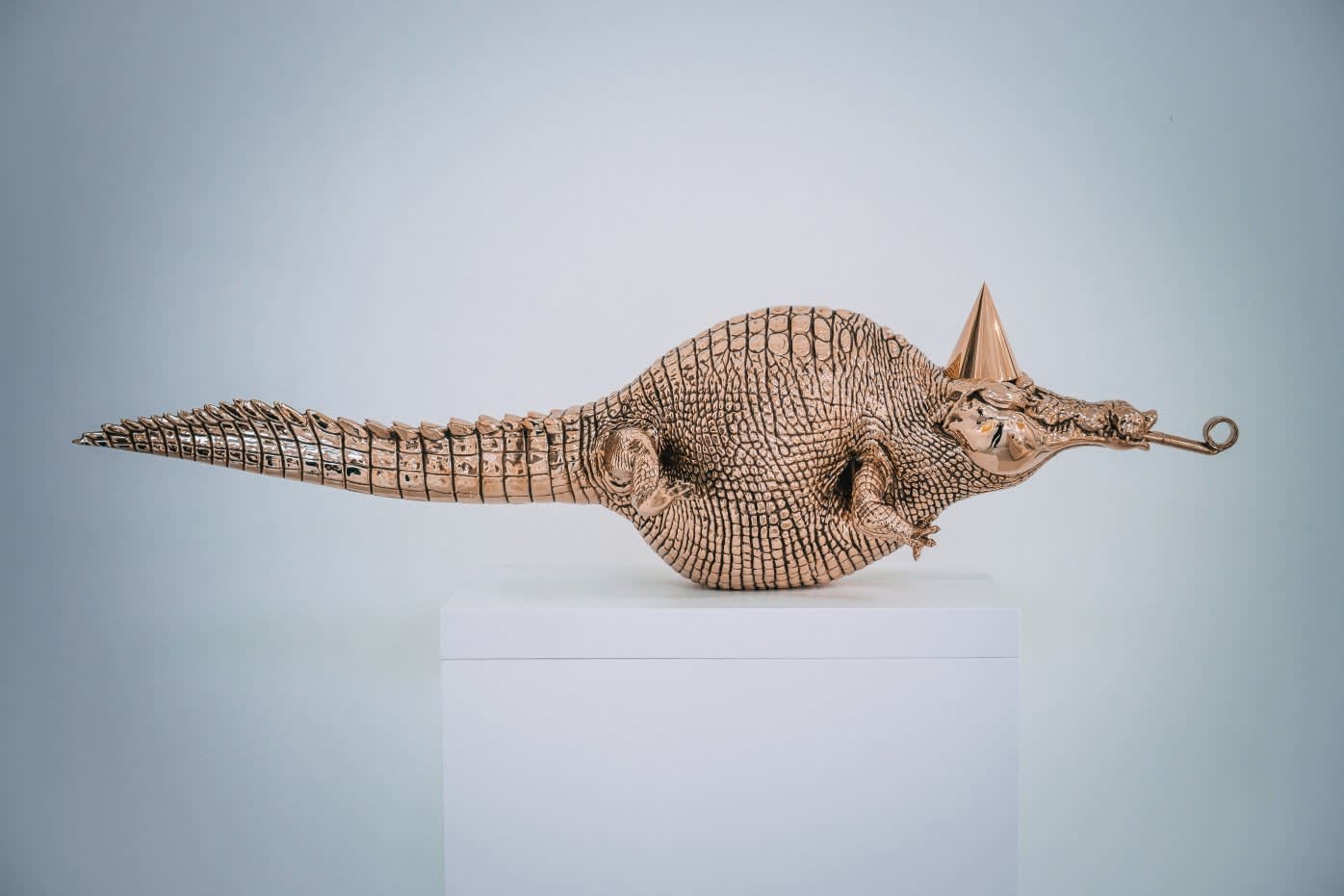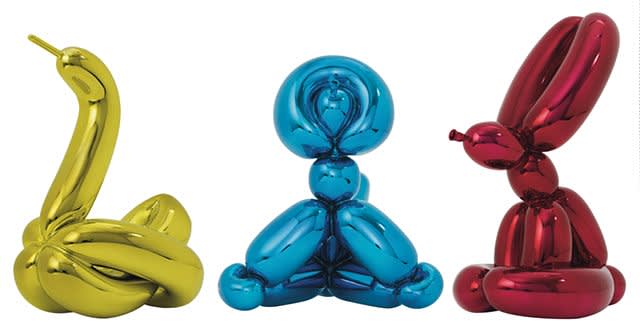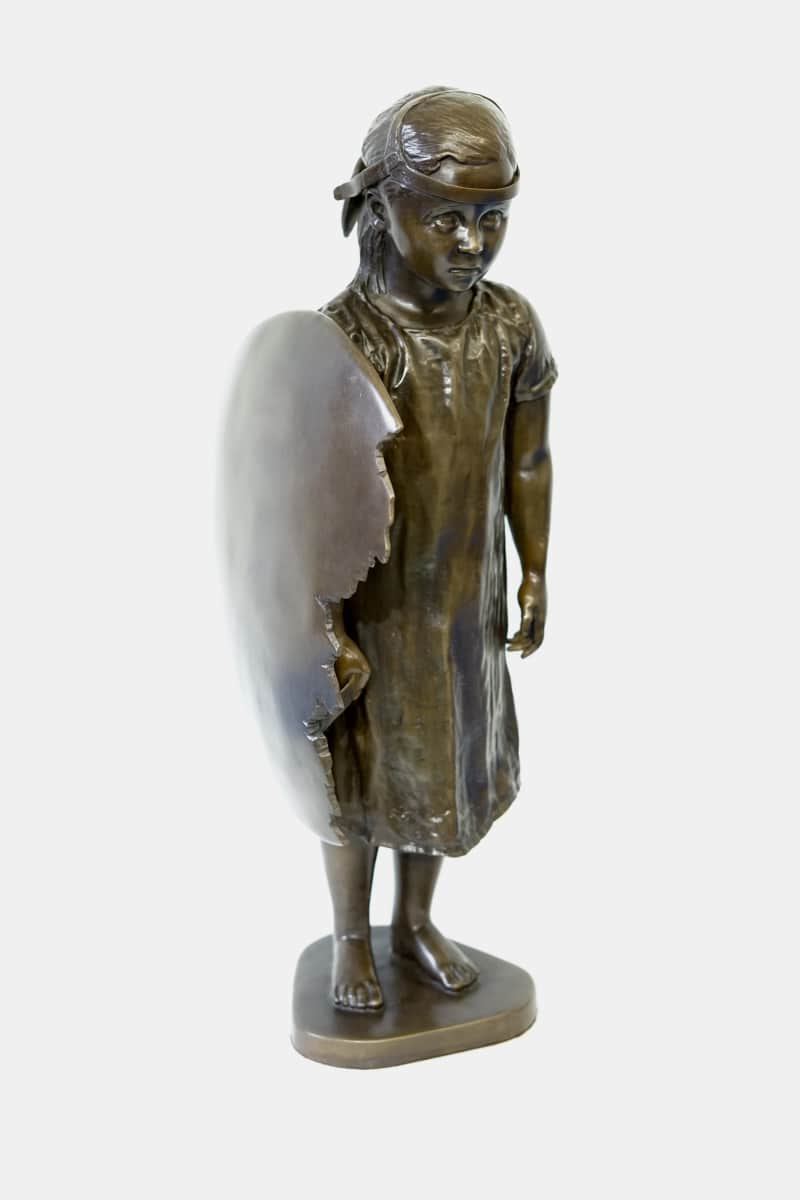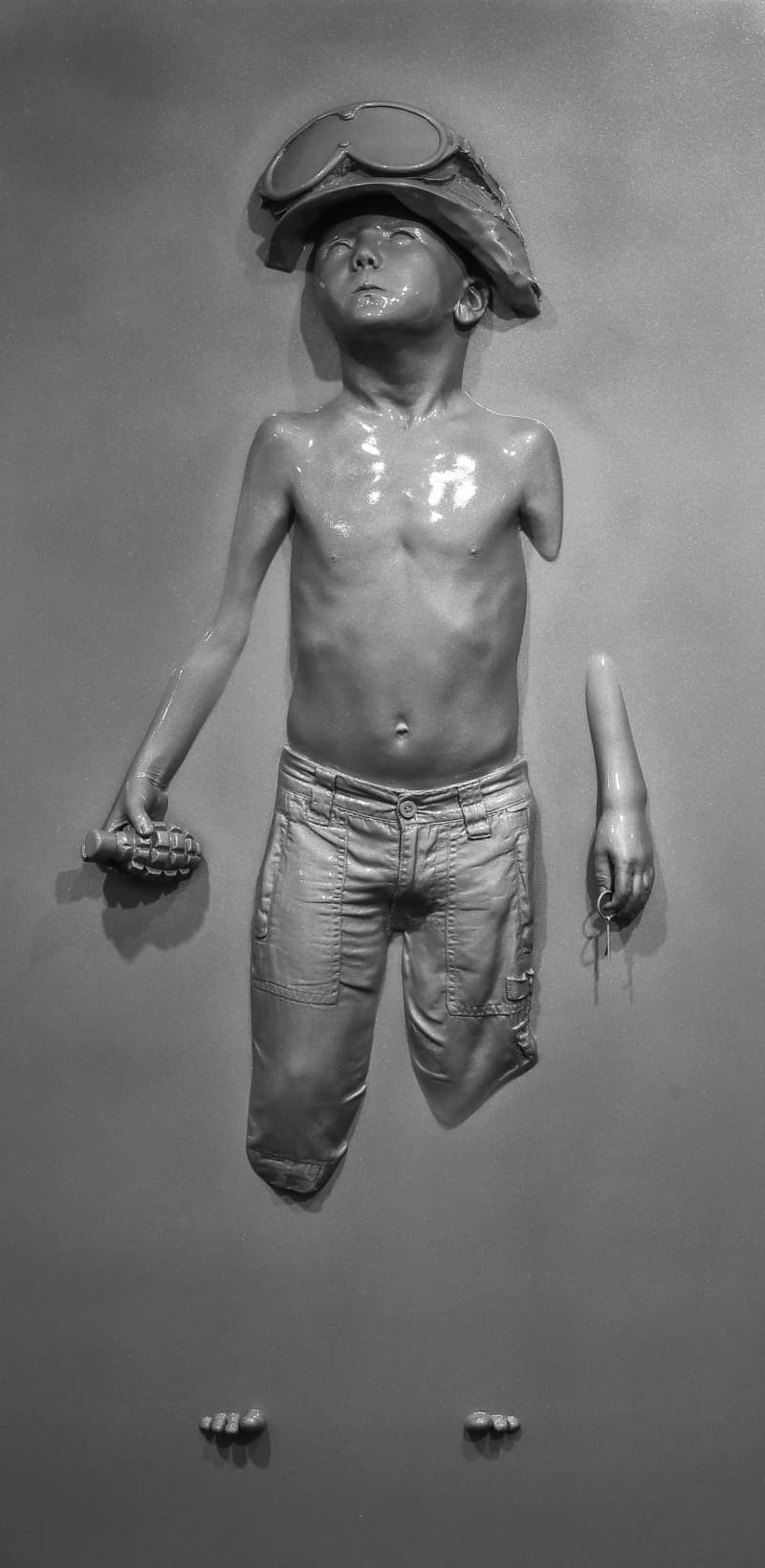With sculptures becoming increasingly popular amongst collectors of contemporary art, we outline the top 5 things you need to know about adding sculpture to your collection.
From the practicalities of collecting three-dimensional art objects, to the expert tips every art enthusiast wish they had known from the start, we share the five things every novice collector should consider when purchasing sculpture.
Know the techniques.
When collecting any art object, knowledge is power. The better informed you are on an art technique, the easier it is to spot an outstanding work of art. For three-dimensional works, like their flat counterparts, there is a plethora of different methods and practices that go into their creation, and often these processes are exclusive to the material. From carving wood to casting metal, each individual technique presents its own challenges, but ultimately, allows for the unique characteristics of that material to shine through.
Joseph Klibansky is one such artist who has mastered his material. Famed for his humorous animal sculptures, the Dutch artist utilises bronze to its fullest potential, making use of both its tensile strength and highly reflective surface. Klibansky’s casting technique is long and complex and includes several stages: from creating an initial mould and a subsequent ceramic shell, to casting the bronze, cleaning it, wielding, grinding and polishing the finished object. Each of his sculptures take around 6 months to create and the care and precision of the process is undoubtedly reflected in the mastery of his work.

JOSEPH KLIBANSKY, HAPPILY EVER AFTER, 2019
Contemplate space.
Space is a key and immediate element that must be considered when acquiring sculpture. For city dwellers, for example, a six-foot bronze statue is not likely to sit well in a one-bedroom flat with low ceilings. However, it is important to point out that the term ‘space’ can refer to much more than just physical dimensions. Although referring to height, width and depth, considering space can also be taking a holistic approach to the room as whole. What does the sculpture add or take away to the space? What does the sculpture mean and how does it affect the room? By encroaching on the viewer’s space in a way that two-dimensional prints or paintings do not, sculpture can have a certain presence and agency that can change the ambience of the room.
Know the needs of the material.
More than nearly any other art form, sculptural materials have certain requirements that need to be met. Whether the sculpture requires an electrical outsource or must be kept away from direct light, it is important to ask an art consultant for the sculpture’s practical requirements before you purchase the work. Retaining an artwork’s condition is integral in reserving its value, so every successful collector will endeavour to know the needs of the artworks they own.
Once the needs of the material have been met, it is important to think about the best way to display your sculpture. Without a frame establishing it as art, the lighting and presentation of your sculpture is imperative in elevating its status, especially if it is being displayed within the home. While some artworks may require plinths or specific lighting to indicate the object’s art status, many sculptures are bold enough to speak on their own. Schoony’s sculptures are an excellent example of free-standing works that are show-stopping no matter how they are displayed. Cast from grey prismatic, his standalone casts command attention, not only through their solid form and emotional charge but also through their reflective surface, instantly glistening with light in every direction.
Be tactile.
One of the greatest advantages and joys of owning sculpture is the ability to touch and hold it freely. After years of galleries and institutions reminding visitors to ‘stay behind the white line’, this may sound jarring. Yet, the tactile nature of sculpture is what helped it thrive as an art form in the first place. During the Renaissance, prominent collectors would acquire statuettes, small sculptures created to be hand-held, in order to broaden the experience of artwork from visual to multi-sensory. Statuettes were an incredibly successful artform throughout the whole of the Early Modern Period and many collecting traditions derive from that epoch. Therefore, when considering sculpture, allow yourself to be driven by its materiality and tactility and let traditional white cube attitudes take a backseat.


















